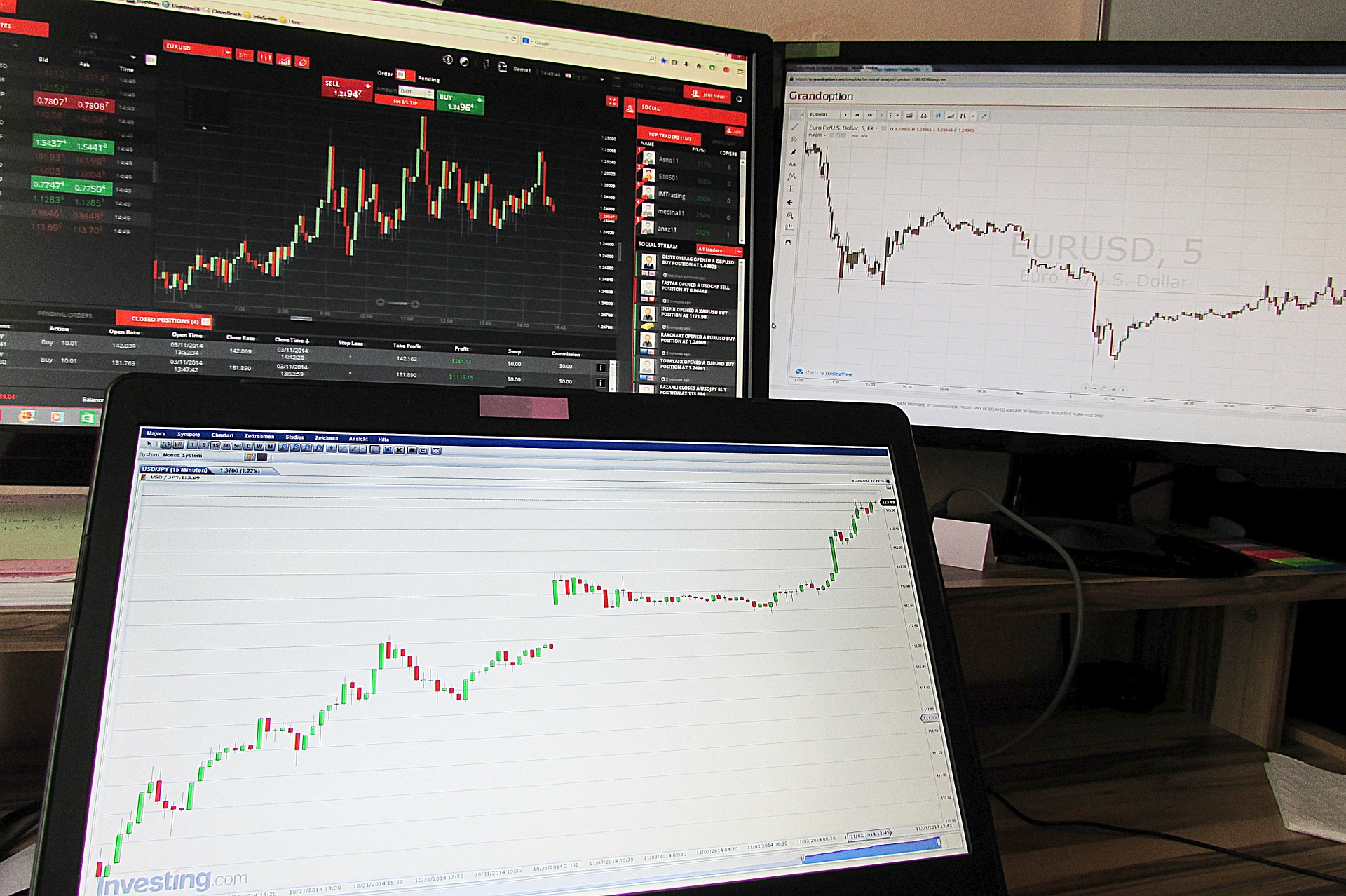
Understanding ETF liquidity
admin
- 0
An ETF (exchange-traded fund) is a financial product traded on stock exchanges designed to track an index, sector, commodity or bonds and can be bought and sold at market price.
Liquidity is the degree to which an asset or security can be quickly bought or sold in the market without affecting the asset’s price. To investigate this further, we will show how liquidity works for shares and exchange-traded funds (ETFs).
Shares are quoted as one lot of 100, so if you wanted to buy five lots, it would cost 25 x 100 = 2,500. If you tried to sell those five lots, it would be worth 100 x 5 = 500, so you could expect them to sell 25 x 500= 12,500. The market depth shows how much the asset is available to trade at each price.
An ETF is quoted similarly except that it is also priced in pence, so if an ETF is trading at 105 and you wanted to buy 1,000 units, it would cost £1,050. If you then wanted to sell those 1,000 units, it would be worth £10,500. The market depth again shows how much ETF is available to trade at each price.
Main difference
The main difference between shares and ETFs is that when you want to sell your shares, someone on the other side of the trade must want to buy them from you. It can only happen if the share price is higher than what you paid for it. However, when trading an ETF, this does not need to be the case as it can simply choose to issue more units.
Creation basket
An ETF has a creation basket and an issuance basket, which shows what assets are held in its portfolio and how many new units will be created or issued by the fund manager if investors decide to sell their shares on the market. These can be seen by looking at a quote on Fidelity’s website.
Examples:
UBS (LSE: UBSA) 56.82(O)- 56.82(M) = 0; 56.82(A)-56.82(M) = 0; 56.83-56.83(O) = 0; 56.83-56.83(M) = 0
It means that there will be no transactions
* 56.82 (A): If an investor wants to sell his shares and the price is higher than the latest trade price of £56.82;
* 56.82 (O): If an investor wants to sell his shares and the price is lower than the latest traded price of £56.82; * 56.83 (O): If an investor wants to sell his shares and the price is higher than the latest traded price of £56.83; * 56.83 (M): If an investor wants to sell his shares and the price is lower than the latest traded price of £56.83
It can be seen from the table that if an investor wants to sell their shares, there will be no transactions until the price is at least £56.83. It means that to sell a whole lot of 1,000 units is likely going to take days or even weeks after they have been put on the market
By looking at a volatility chart, we can see how much a security’s value has changed over a given period. By comparing this with its average daily volume, we can see what impact liquidity has on market prices.
In 2004 Vodafone’s share price fell from 180p per share to 125p but the volumes traded only reduced from 31m shares per day to2.5m shares per day. It meant that although the share price had fallen, the stock’s liquidity had not changed and was still easily tradable.
ETFs are more liquid
An ETF is a more liquid product than a share as it can be easily created or redeemed by the fund manager without affecting the price. For example, if an investor wants to sell 1,000 units of an ETF trading at 105p, the fund manager will create 1,000 new units and sell them at 105p. It keeps the price of the ETF stable and allows for easy trading.
Bottom line
The main benefit of an ETF is its liquidity, which makes it easy to trade and perfect for long-term buy-and-hold investors who want to reinvest their dividends regularly. It can also be used as a hedging tool to reduce risk in a portfolio.


